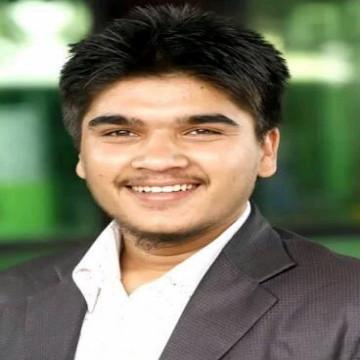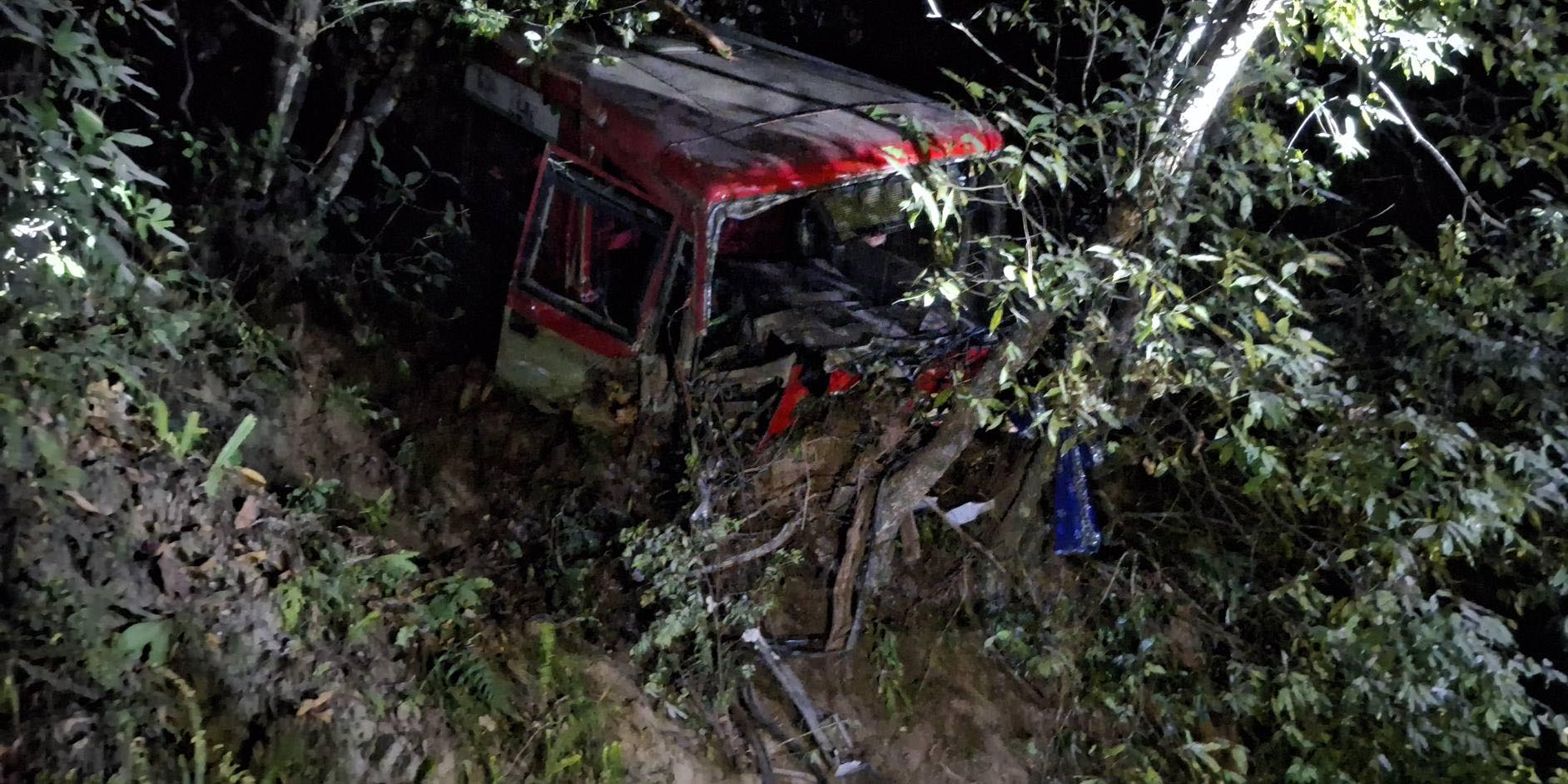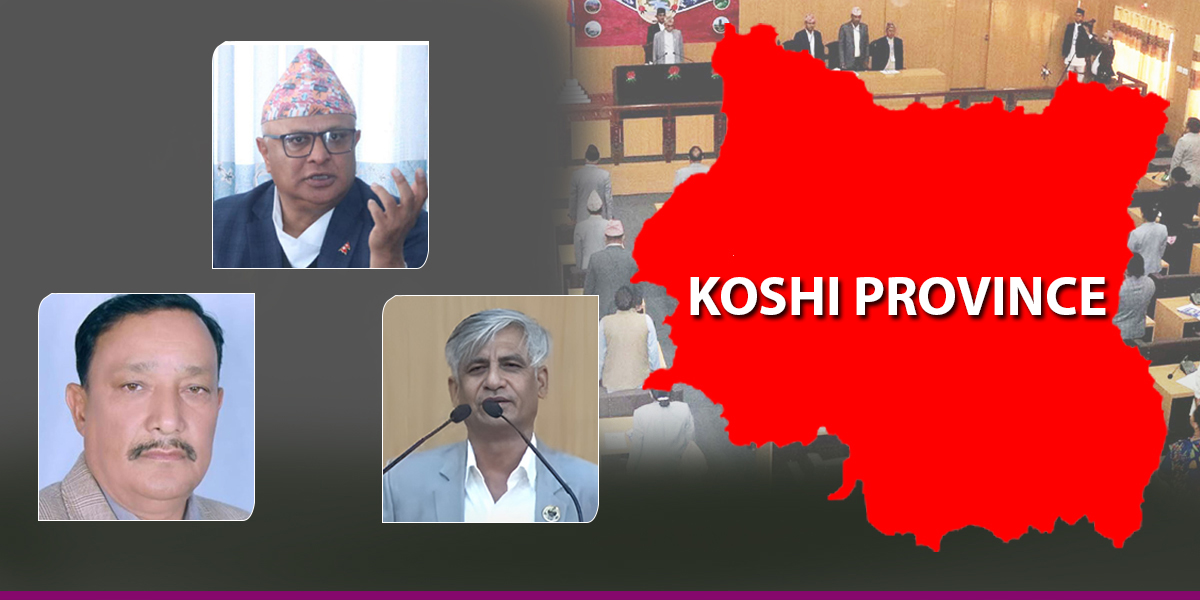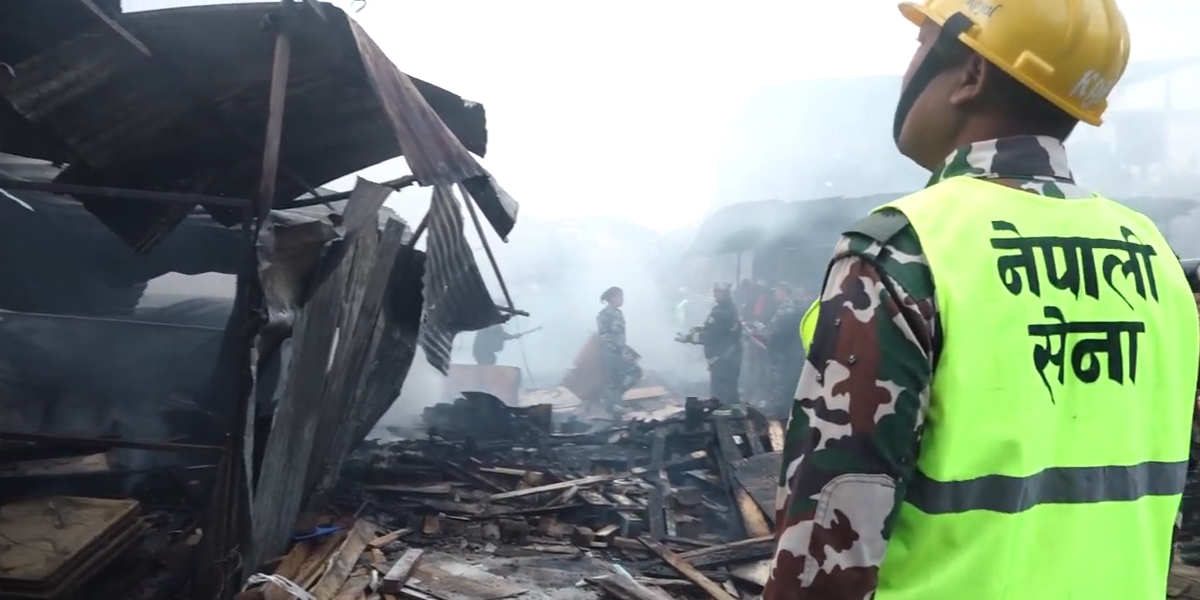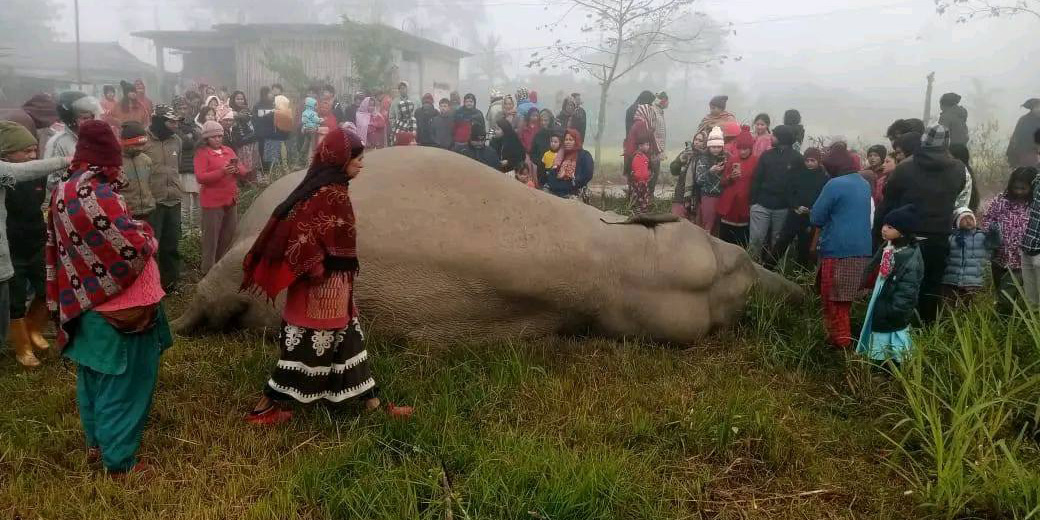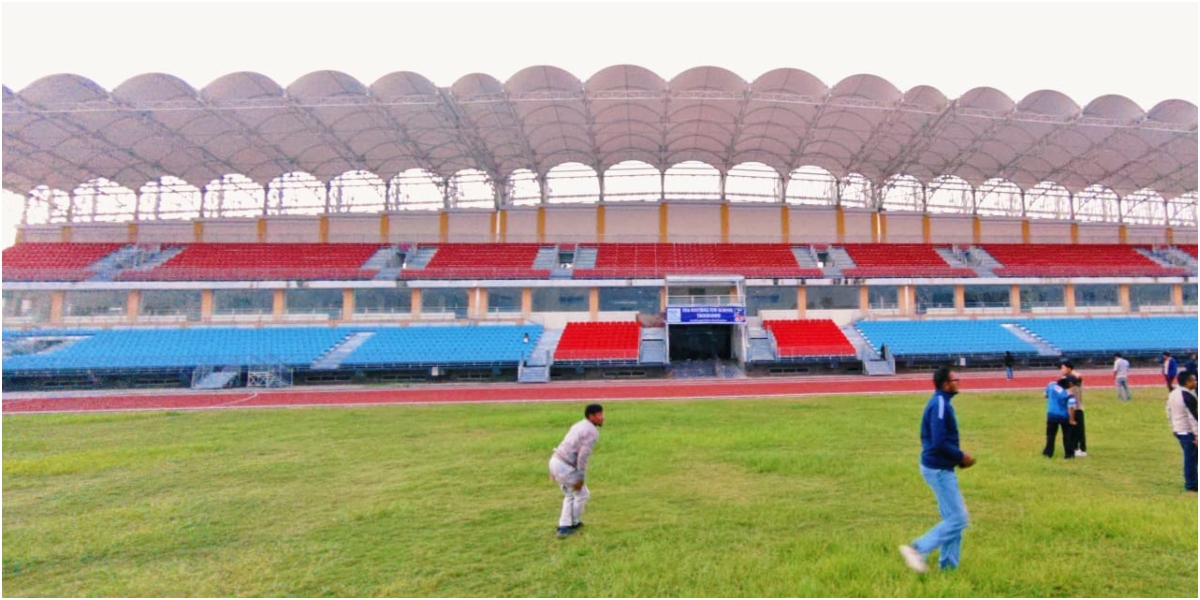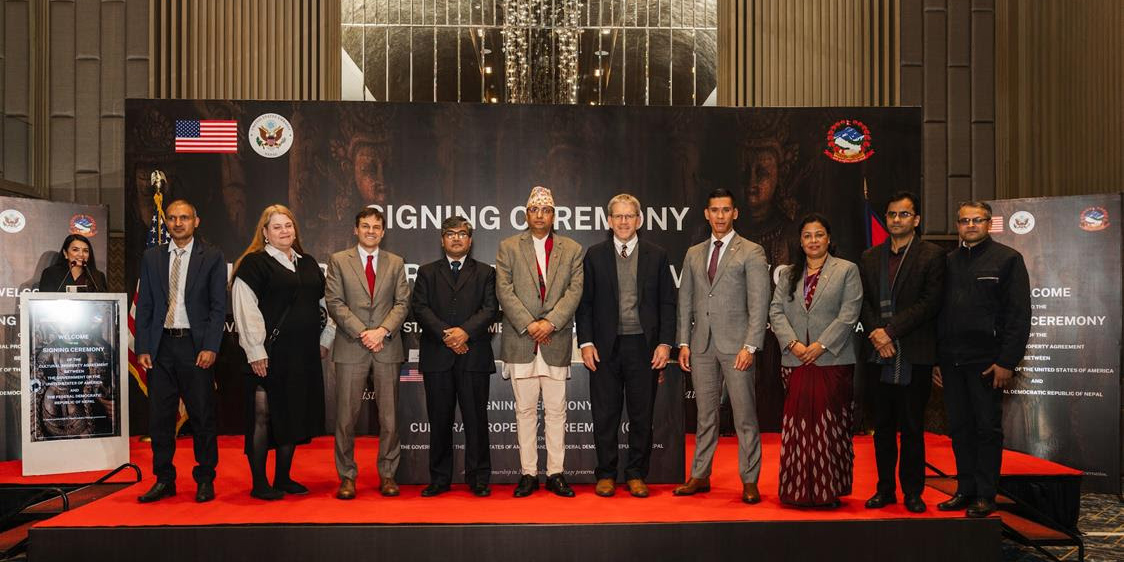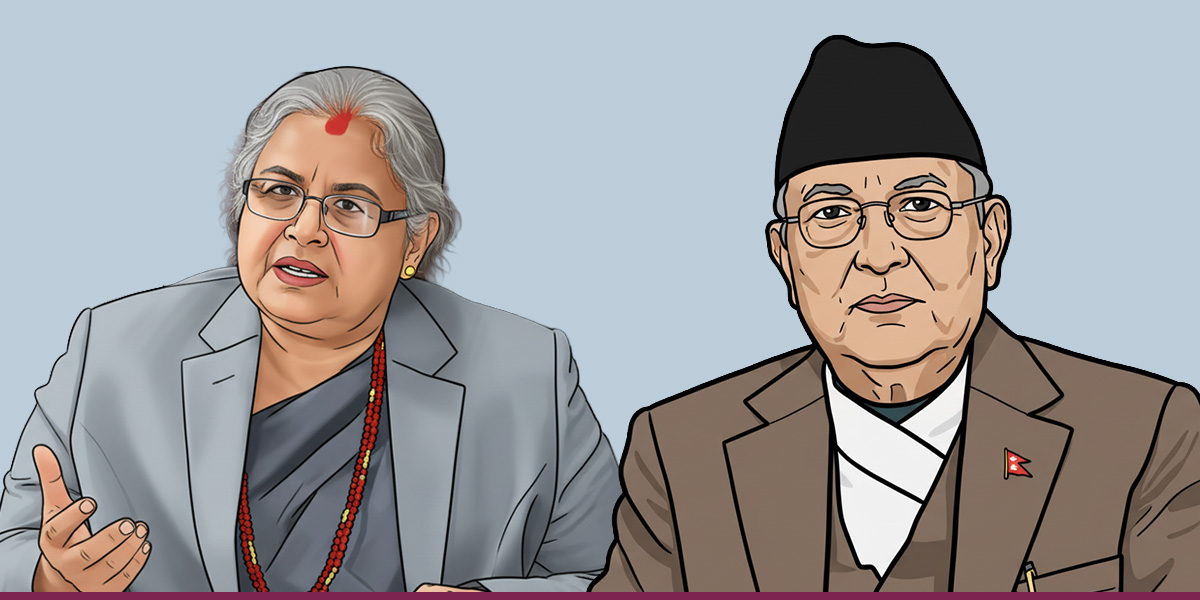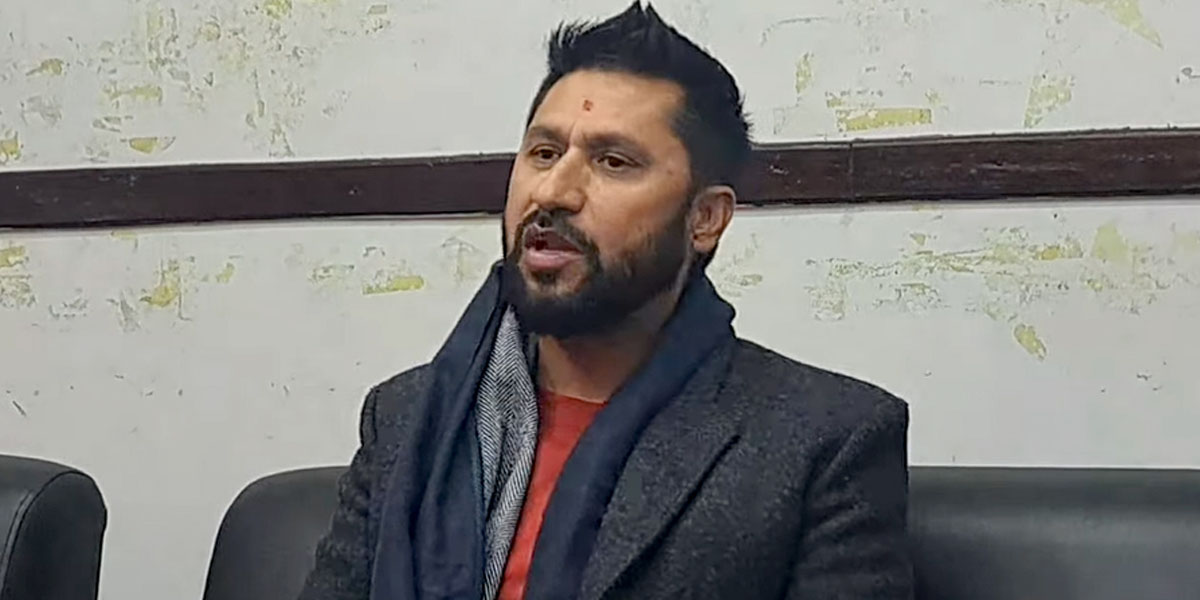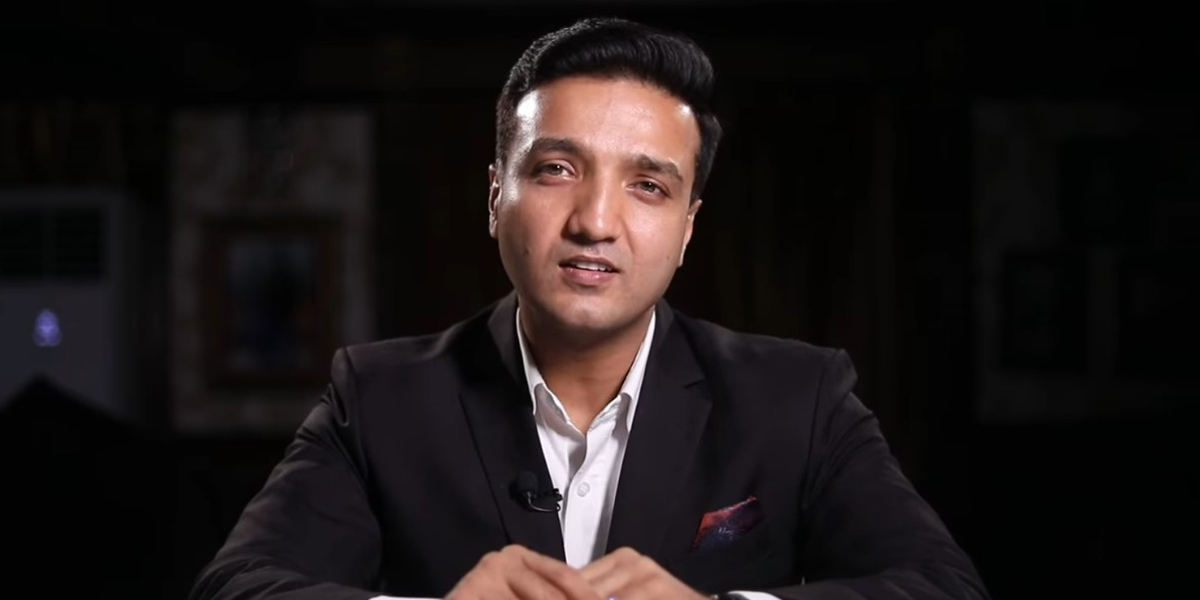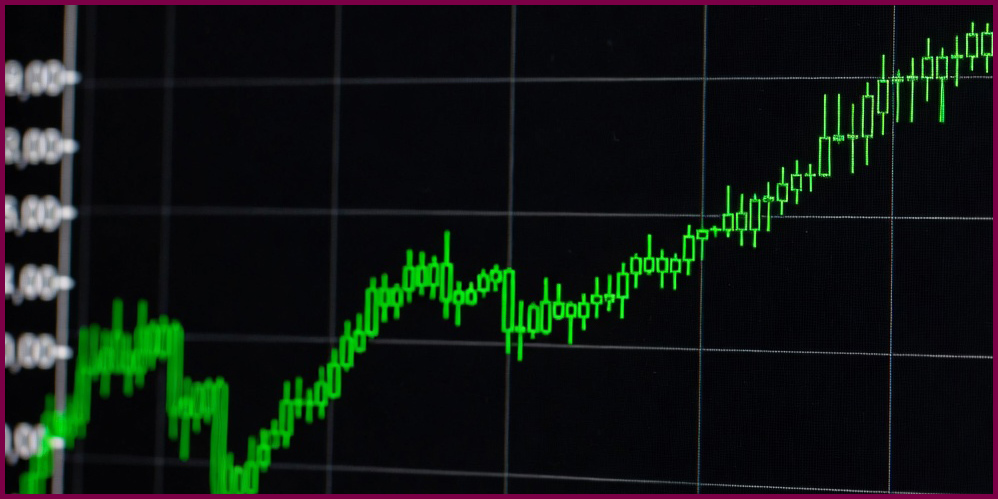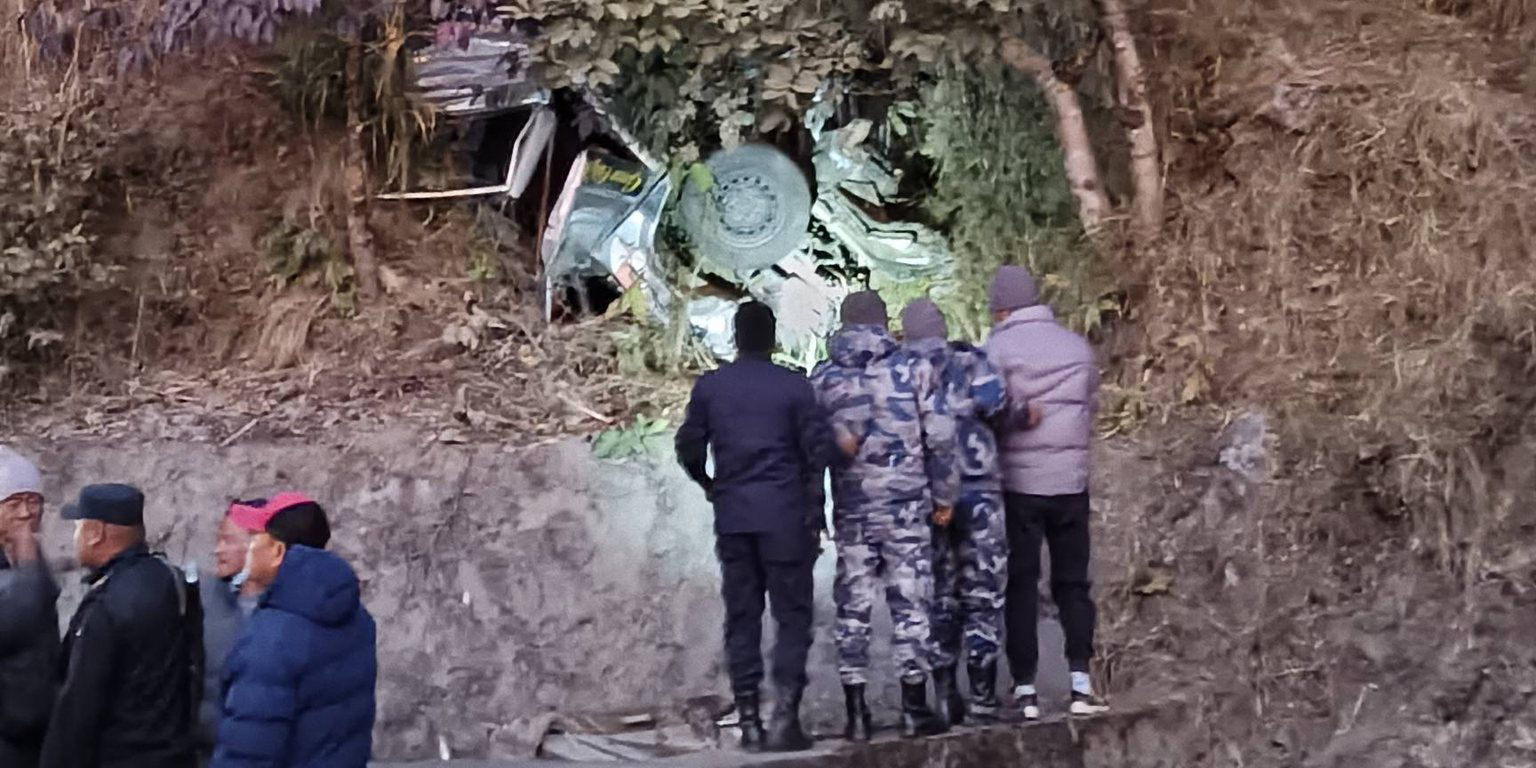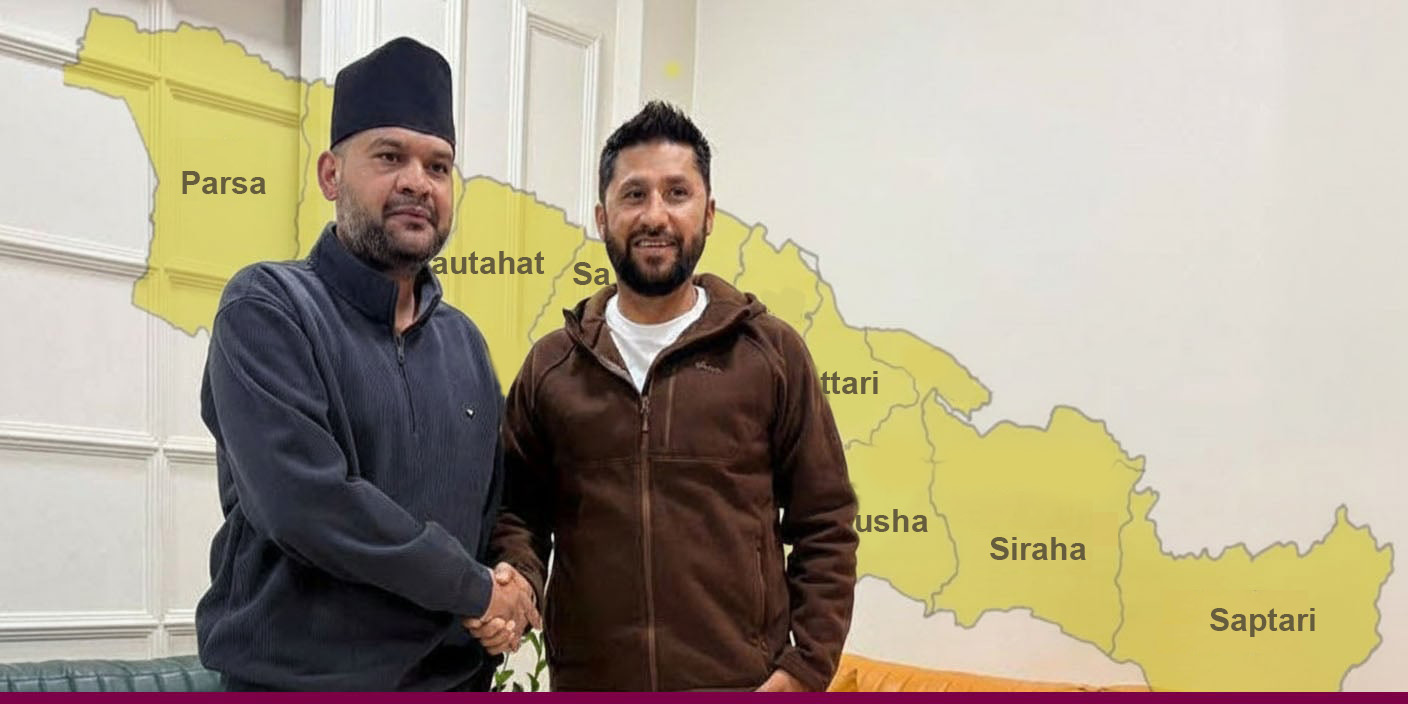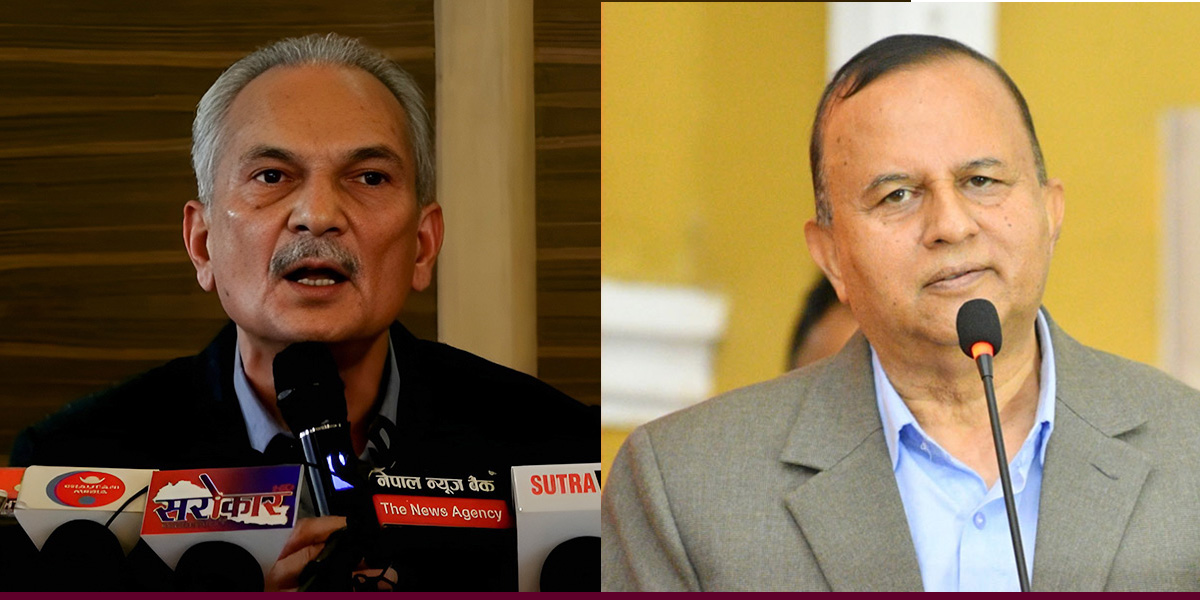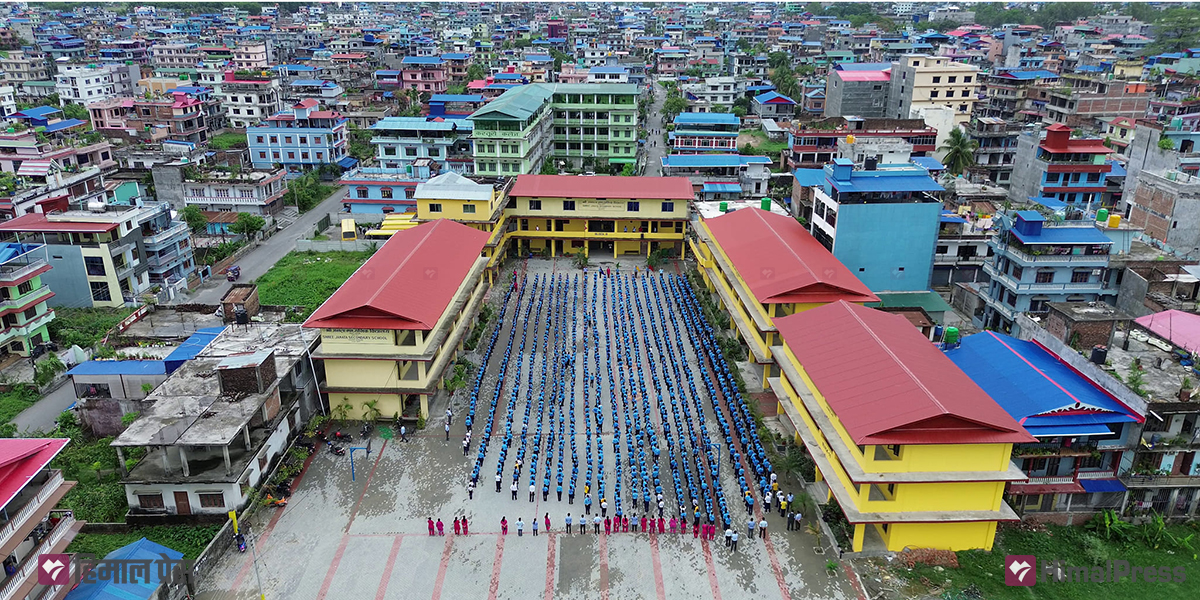 Janata Secondary School in Itahari of Sunsari.
Janata Secondary School in Itahari of Sunsari.
ITAHARI: Community schools in Koshi Province are witnessing a surge in student enrollment.
An increasing number of students are leaving private schools to join community schools due to their improved physical infrastructure and technology-enabled classrooms. Although the attraction toward community schools is rising, there is a shortage of teacher quotas. Principals report having to charge fees from students to pay the salaries of teachers appointed from internal sources.
Community schools have been able to attract students due to efficient management, quality teaching and ability to compete with private schools. Not only have community schools been able to compete with the private sector, but they have also gained the trust of parents and students.
All three tiers of government have been allocating budgets for the education sector. With the support of the three tiers of government, three schools in Koshi Province were selected under the provincial government’s ‘Big School Development Program’ four years ago. They include Jana Sahayog Secondary School of Itahari-20 and Jagannath Dedhraj Secondary School of Barakashetra-5 of Sunsari, and Sajilal Secondary School of Sundar Haraicha-6 of Morang.
“The Big School program has increased the school’s internal resources. With parents also attracted, it has become easier to bring educational reforms. The program’s support in constructing physical infrastructure has made it easier to manage students,” said Janak Basnet, the principal of Janasahayog Secondary School in Itahari-20, Sunsari. Basnet added that the provincial government prepared a DPR (Detailed Project Report) based on the school’s area and allocated the budget in phases. In the current fiscal year, the school received Rs 10 million from the federal government and Rs 2.5 million from the provincial government, he added.
“Although the government has provided support for physical infrastructure, the assistance for human resources is insufficient,” Basnet said. “Having just classrooms is not enough. We need more teachers, libraries, science labs and other facilities based on the number of students.”
Basnet said while the government has made education free, it is challenging to run a school without external support. “Since the school lacks teaching positions based on the number of students, we are compelled to pay salaries to teachers and staff from internal sources,” he added.
A total of 1,663 students are studying at Janasahayog Secondary School. While classes of grades 11 and 12 are conducted in the morning session, while those of pre-primary to grade 10 are conducted in the day session. The school has 33 teachers for the morning session. “However, only four of them are on government quotas, the rest are managed through internal sources,” he added.
Many of these teachers also work during the day session. Out of 33 teachers and staff working in the day session, 23 are on government quotas and the remaining are managed through internal resources.
“For community schools to be well-managed, the children of political party workers should also study in community schools. Community schools should not be seen as institutions solely for the children of the poor; they should be inclusive and promote equality,” Rudra Bahadur Basnet, the chairperson of the School Management Committee, said.
Pokharia Secondary School in Biratnagar Metropolitan City-3 is known for excellent academic results. Principal Khem Bhattarai said they have been collecting fees under some headings from parents to bridge the resources gap.
The classrooms at Pokharia Secondary School are technology-friendly. Smart TVs are used in primary-level classrooms, while larger classrooms have smart boards with projectors for teaching. The primary level is run from a separate building rented by the school, according to Bhattarai.
The school currently has 3,500 students compared to just 450 a decade ago.
Bhattarai also expressed concern over the government’s inability to allocate sufficient teaching positions. While the school has 41 government-allocated positions for teachers and school staff, it currently employs 122 teachers and staff, with 81 managed through internal sources.
“Although the government has increased investment in education, many schools still have a low number of students,” he said. “The government should adopt the ‘Big School’ concept for schools in the Tarai region and residential schools in hilly areas.”
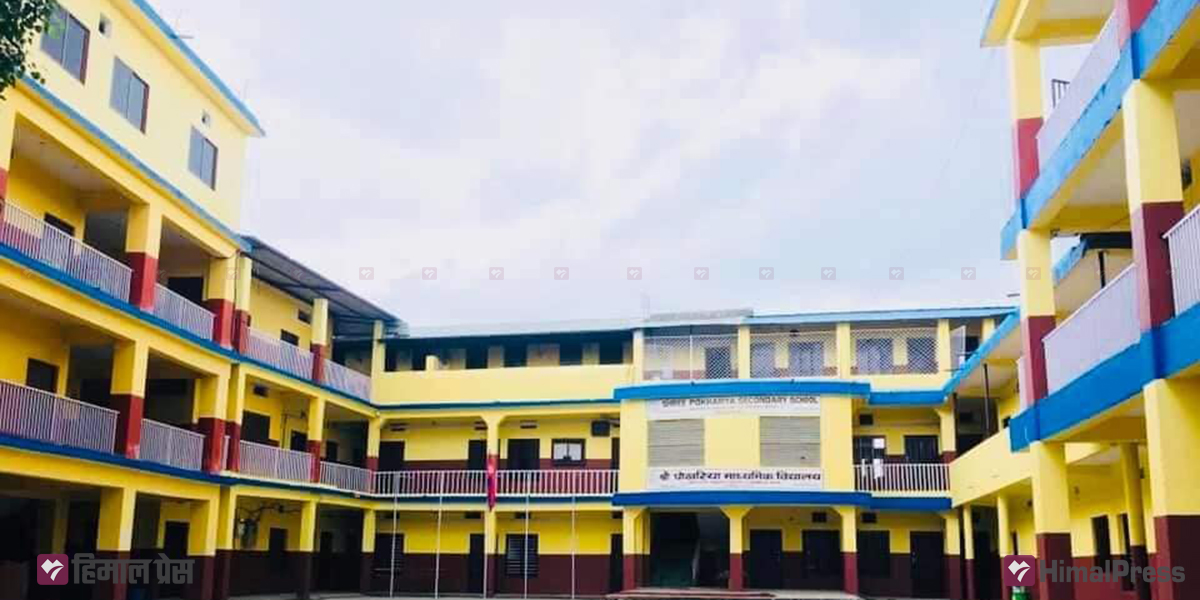
Over 2,300 students applied for admission at the Pokharia Secondary School, but only 650 new students were enrolled based on their performance in the entrance examination. Currently, classes are held in two sessions, morning and day, with grades 8, 11, and 12 in the morning session and the remaining grades in the day session.
Aakanksha Puri from Itahari-19 was previously studying in a private school but has now enrolled in class 2 at Janata Secondary School in Itahari-9 this academic session. Her parent, Dipa Puri, said that the improvement in the quality of education at community schools motivated them to enroll their daughter in a public school.
Puri cites the availability of English-medium teaching, the intellectual development of students, and extensive peer interactions as reasons for choosing a community school for her daughter.
Kashinath Dangal, the chairperson of the Janata Secondary School Management Committee, said that the government has proposed a program for the school’s building construction and educational development as a model school.
“The support from parents exceeds the budget provided by the government,” Dangal said. “The government claims education is free, but physical infrastructure and teacher quotas are not provided based on the number of students.”
According to Dangal, the government has allocated a quota of 32 teachers for Janata Secondary School. However, due to the high number of students, the school currently has 148 teachers and staff, with 116 managed through internal sources. The school has 3,201 students enrolled from pre-primary to class 12.
“Teacher quotas should be provided based on the number of students. Students who come to study are forced to leave due to the lack of facilities,” Dangal said. “Physical infrastructure needs to be provided based on the number of students.”
The Koshi Province government’s Ministry of Social Development claims that it has been effectively improving the educational standards of community schools. According to the ministry, programs are being implemented to develop and expand physical infrastructure in schools and improve quality through the construction of school buildings, disabled and gender-friendly toilets, clean drinking water and the use of technology.
While the policy is to establish one model secondary school in each local unit, the ministry’s information officer Pradip Gautam said schools are being selected and provided grants through local units to develop them into model child-friendly schools.
“Specialized training on school management has been provided to principals. Successful community schools with outstanding management and results are being rewarded by setting them as benchmarks, and programs are being operated as per their proposals,” he said. “Grants have been provided to improve libraries and community study centers in schools.”
Out of the total 7,026 schools in the province, 94 community schools have been selected as model schools. According to the ministry, 81 schools were declared model schools by the federal government and 13 by the provincial government.
An estimated 19.5% of total community schools are in Koshi Province, according to Gautam.

